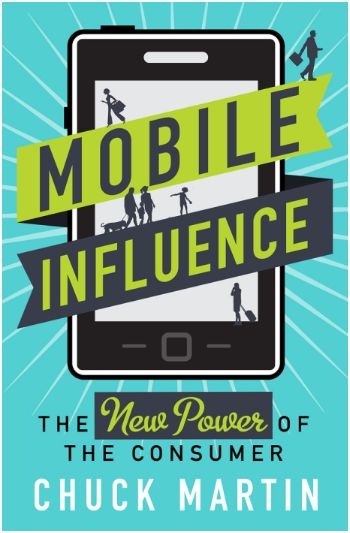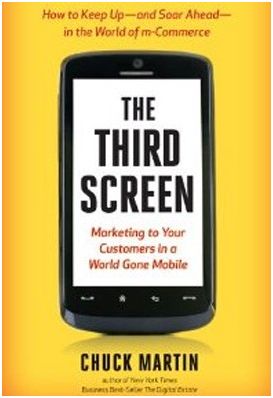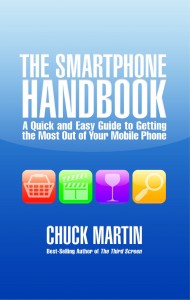With a steady stream of announcements about the introduction or updating of various mobile payment methods, I have to wonder if it will end up a battle between how a person pays and who a person pays.
The mobile industry tends to focus on the how of paying. For example, with NFC (Near Field Communication) in phones, a tap or swipe at a terminal is the how.
Paying at checkout can be as simple as telling the cashier to charge it your particular account, which can appear on the point of sale terminal in stores that use the app you have loaded.
There’s certainly no shortage of mobile ways to pay, such as PayPal, Google Wallet, MasterCard PayPass Wallet, LevelUp and Lemon Wallet, to name a few.
And as we discussed in this space yesterday, most consumers are not even yet aware of any of the many digital wallets available.
But from a consumer viewpoint, the how of mobile payment may not become as important as the who.
Isis, the joint venture of Verizon Wireless, AT&T and T-Mobile, which is in trial in Austin and Salt Lake City, thinks the carriers can be the who. MasterCard and Visa would think the credit card companies should be the who. Others, like PayPal, Facebook and Apple, may have another who in mind.
As the proliferation of ways-to-pay continues, ranging from technology that provides one-click checkout through Facebook or Twitter to the ShopSavvy app that allows one-touch buying from various retailers, consumers may become more focused on the who-to-pay issue.
The question may come down to where consumers want their bill from purchases made via mobile to come from: their credit card company, wireless carrier, bank, pre-paid or some other way.
The who may matter more than the how.










